Yoga for Beginners: 9 Simple Poses to Get You Started
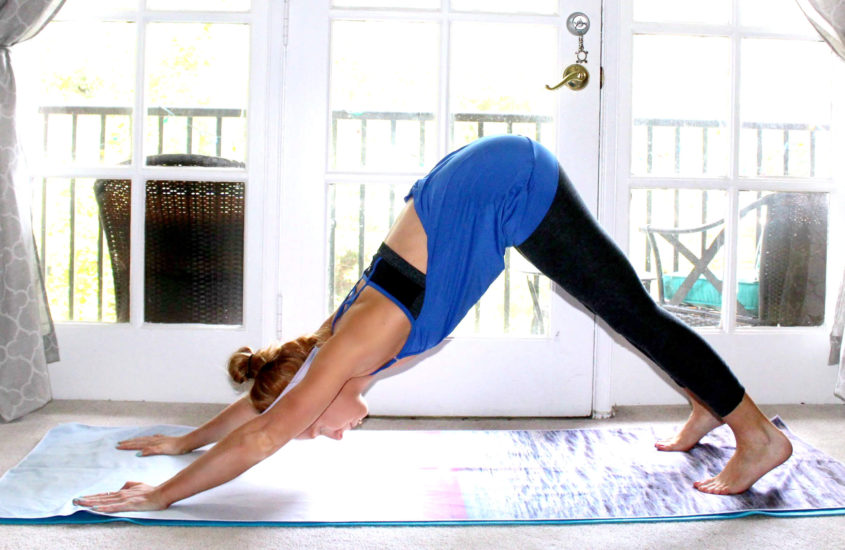

One of the most important things for beginner yogis is learning the foundational poses correctly in order to progress successfully through the practice and avoid injury. I’ve put together a list of poses that are best for beginners and that will get you going in the right direction. These poses are typically part of most yoga classes and asanas, so get used to them! 😉


1. Upward dog
How to do it: Lay down on your stomach and put your hands flat on the ground next to the middle of your abdomen. Keeping the tops of your feet on the ground, lift your chest slightly. If you can without straining, straighten your arms and live your chest to the sky so that your back is arched, keeping your hands next to your sides and your gaze forward or upward.
Your gaze should be: Straight ahead or up towards the ceiling.
For pose perfection: Lift your legs up off the ground by pressing the tops of your feet into the ground. Focus on lifting your whole body upwards!
Why its a good beginner yoga pose: Upward dog is one of the poses in the traditional sun salutation and will be used repetitively in your yoga practice. This is also a great beginner back stretch.
Tips: A lot of the time people will shrug their shoulders in this pose. Work on getting your shoulders away from your ears and lift upwards!
Stretches your: Chest, abdomen, back and shoulders.
Strengthens: Spine, arms and wrists.
Health benefits: Therapeutic for asthma, stimulates the organs of the abdomen and improves posture.


2. Downward dog
How to do it: Get into a crawling position on the floor with your hands flat on the ground, knees on the ground and feet curled under. Pressing your hands into the ground, straighten your legs while keeping your toes on the ground and heels lifted.
Your gaze should be: Looking down towards the ground with your neck in alignment with your spine.
For pose perfection: Work on pressing your armpits into the floor, your heels towards the ground and your hips upwards.
Why its a good beginner yoga pose: Downward dog is the foundation of many yoga asanas and flows and is a quiet calm place for you to come back to in between sequences. It stretches multiple areas and gets you ready to move into more advanced poses!
Tips: If you’ve been doing yoga a while but have never looked in the mirror or gotten pointers on this one, I recommend taking a look. For a while I thought I was doing the pose totally different until I saw myself in the mirror one day!
Stretches your: Hips, shoulders, hamstrings and calves.
Strengthens: Arms, shoulders, wrists, ankles and abdominals.
Health benefits: Improves digestion, energizes the body and increases full body circulation and helps to prevent osteoporosis.


3. Bridge Pose
How to do it: Lay down on your back and lift your knees up while placing your feet flat on the floor. Place your arms down by your sides, pressing your hands and arms into the ground. Lift your hips up towards the sky.
Your gaze should be: Up to the ceiling.
For pose perfection: Open up your chest, shimmy your shoulders underneath your back and clasp your hands into a fist. This opens your chest more and gives you a deeper arch / stretch.
Why its a good beginner yoga pose: This is an excellent beginner back stretch, which leads up to wheel pose and more advanced back bends.
Tips: The most common misalignment in this pose is to squish the chin up against the chest. Make sure to keep a space between the chest and neck, and to keep your neck relatively still to avoid injury! Also- if your shoulders are tight, a different way to modify this pose is to hold a strap between your hands instead of having them press into the ground, and to pull on it outwards stretching it and your back / shoulders.
Stretches your: Chest, shoulders, hips, neck and spine.
Strengthens: Back, butt and hamstrings.
Health benefits: Stimulates the lungs, thyroid glands, and abdominal organs – improving digestion. Alleviates back pain and insomnia.

4. Chair Pose
How to do it: Stand with your feet flat on the ground, squat towards the ground, lift your arms up to the ceiling and turn your hands inwards towards your ears. Make sure to keep your knees behind your toes..
Your gaze should be: Straight forwards or up to the ceiling.
For pose perfection: Turn your pinkies inwards with your fingers outstretched, look upwards and dip as low as you can!
Why its a good beginner yoga pose: Chair pose is one of the foundational standing poses and is in Sun Salutation B, which you’ll do often in your practice. Chair pose also teaches you to breathe through the pain of holding tougher poses!
Tips: If you’re having trouble balancing in this pose, put less weight into your toes and more into your heels.
Stretches your: Chest, abdomen and shoulders.
Strengthens: Legs, ankles, calves and back.
Health benefits: Stimulates the heart, diaphragm and abdominal organs. Improves posture and reduces symptoms of flat feet.


5. Child’s Pose
How to do it: Get down on your hands and knees, spread your knees wide apart, and lower your hips towards your butt. Stretch your arms forwards and press your armpits into the ground.
Your gaze should be: Down towards the ground, aligning your neck with your spine.
For pose perfection: Relax deep into the stretch to open up your hips and press your hands into the floor.
Why its a good beginner yoga pose: This is the resting pose you’ll return to during your practice or class when you’re feeling out of breath, dizzy, or when you just need a break.
Tips: Don’t hesitate to take this pose, or a different resting pose, during classes when you need to. Pushing through your practice when your body isn’t feeling good can lead to fainting or injury. This is especially true for hot / bikram yoga classes! Read more about how to prep for hot yoga classes here.
Stretches your: Back torso, hips, shoulders and legs.
Strengthens: The ligaments in the knees.
Health benefits: Aids digestion, fights insomnia and enhances blood circulation.


6. Tree Pose
How to do it: Stand with your feet flat on the ground and lift your leg up so that your foot presses flat against your leg, either under or above your knee. Make sure your foot doesn’t rest against your knee, as that can lead to injury. Once you’re steady, lift your arms either to prayer pose at chest level or arms up towards the ceiling.
Your gaze should be: Pick a spot straight in front of you to focus on and try to not break your gaze. This will help you balance.
For pose perfection: Master the pose with your foot above your knee, keeping your hips square, and make sure you can do it on both legs!
Why its a good beginner yoga pose: Tree is a great way to get started with balancing postures and is a foundational, grounding yoga pose.
Tips: To master this pose learn to hold it steadily first with your gaze upwards towards the ceiling and then with your eyes closed!
Stretches your: Thighs, groins, torso and shoulders.
Strengthens: The ankles, calves, thighs and abdominals.
Health benefits: Helps to remedy flat feet and is therapeutic for sciatica.


7. Warrior One
How to do it: Standing up, step your feet wide apart turning your front foot to face forwards and your back foot to be in a 45 degree angle facing outwards from your body. Lunge into your front leg and lift your arms up to the ceiling facing inwards towards your body. Keep your chest and gaze upward.
Your gaze should be: Straight forwards or up to the ceiling between your arms.
For pose perfection: Keep your hips square in this pose and keep your back heel on the ground.
Why its a good beginner yoga pose: Warrior 1 is a part of Sun Salutation B and is a foundational standing yoga pose that stretches your whole body.
Tips: Make sure you’re spreading your legs wide apart in this pose. This is another pose I thought I was doing correctly until I saw myself in the mirror and realized I wasn’t in a wide enough stance.
Stretches your: Hips and hamstrings.
Strengthens: Shoulders, arms, legs ankles and back.
Health benefits: Encourages good circulation and respiration and is therapeutic for sciatica.


8. Warrior Two
How to do it: Standing up, step your feet wide apart turning your front foot to face forwards and your back foot to be in a 45 degree angle facing outwards from your body. Bend your front leg, lunging into it, keeping your legs wide apart. Now instead of lifting your arms up to the ceiling, lift your arms up away from your body so that they’re parallel to the floor and facing downwards.
Your gaze should be: Facing forwards.
For pose perfection: Lunge deep into your front foot but make sure your knee doesn’t move past your ankle.
Why its a good beginner yoga pose: Warrior 2 is a part of Sun Salutation B along with warrior 1 and is a foundational standing yoga pose.
Tips: Make sure your arms are parallel to the floor and that one isn’t higher than the other. For a while I did this pose with one arm lifted much higher than the other without knowing! Aim to keep your arms and shoulders in a straight line.
Stretches your: Hips, groin, chest and shoulders.
Strengthens: The ankles, calves, thighs and abdominals.
Health benefits: Stimulates your abdominal organs, relieves back aches and is therapeutic for sciatica and osteoporosis.


9. Plank
How to do it: First get down on your hands and knees, and then step your legs backwards while keeping your arms straight. Make sure your shoulders are directly above your wrists and try to keep your spine straight.
Your gaze should be: Downwards looking at the floor in between your hands.
For pose perfection: Lengthen the back of your neck and draw your abdominal muscles upwards towards your spine, aiming to get your spine in a straight line.
Why its a good beginner yoga pose: Plank pose is a part of every sun salutation and is a basic yoga pose you want to know how to do for transitions and in order to strengthen your abdominal muscles, to aid in all poses.
Tips: A common mistake while doing plank pose is to lift your hips too high, which becomes more of a resting pose. Make sure your abdominal muscles are holding you up and that this doesn’t feel like a resting pose.
Stretches your: Spine and neck.
Strengthens: Arms, wrists, abdominals and spine.
Health benefits: Heightens metabolism, reduces back pain and improves bone health.
Now its time for you to work these poses and master them yourself! A tip that is relevant for all these poses is to try and practice with a mirror whenever possible or to take photos to make sure your alignment is correct. I’m still working on getting the alignment right for each pose myself. Have fun, and please reach out for any questions or comments! xoxo
If you liked this post, sign up for my newsletter below for resources to support your yoga practice and personal transformation, sent straight to your inbox!


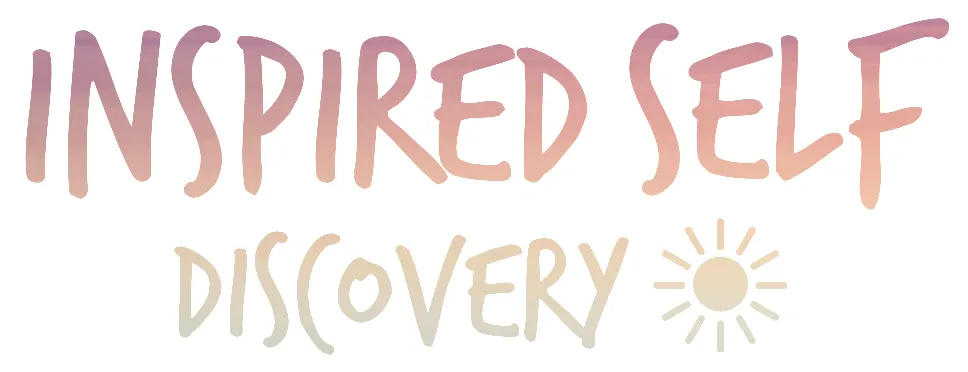
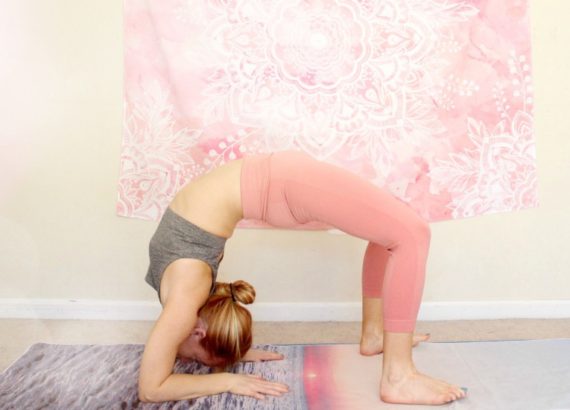
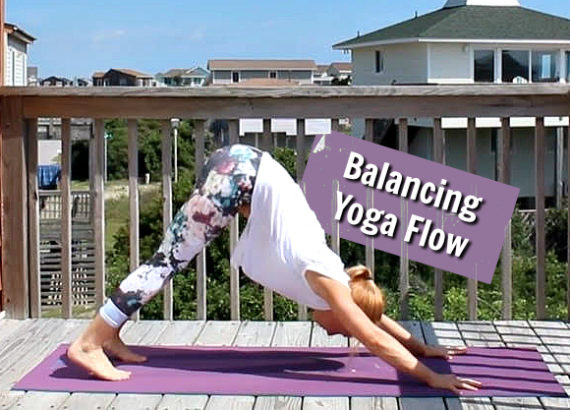
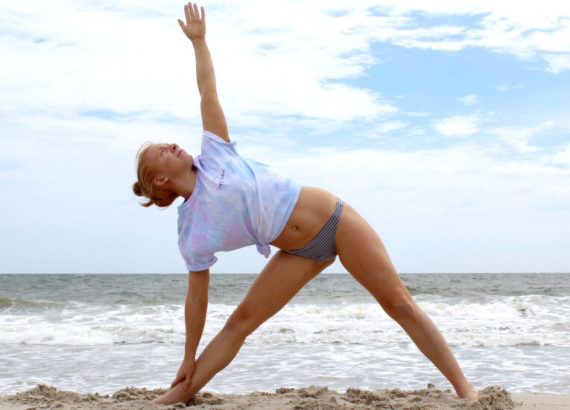
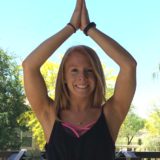
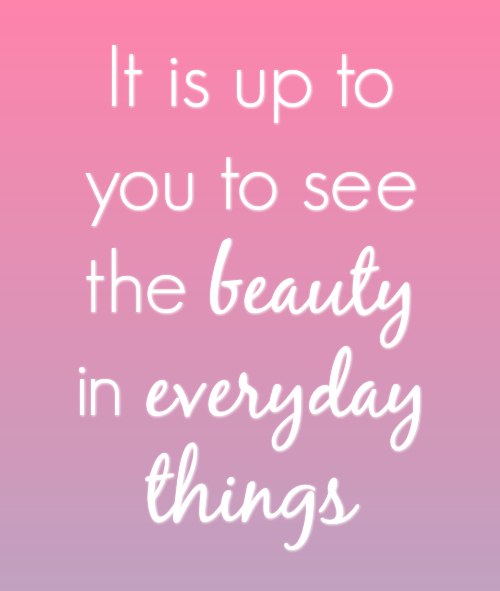
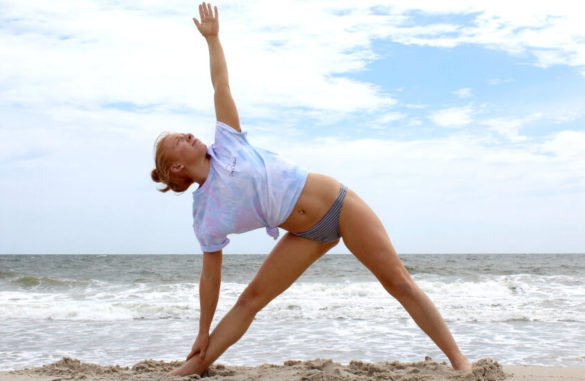

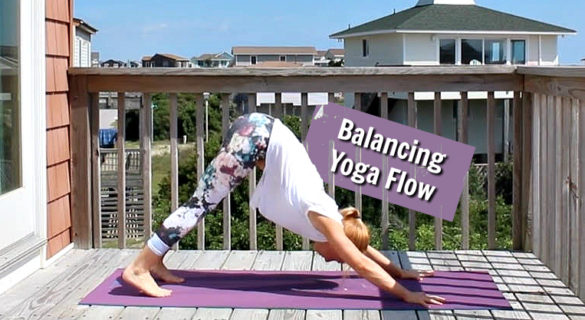
Amber
I’m still new to yoga and these poses are my current routine. They got so much easier over time, tho downward dog is still a struggle. I haven’t added tres pose in yet but will be giving it a try. Thank you for taking the time to explain the benefits of each pose! Namaste 🙏